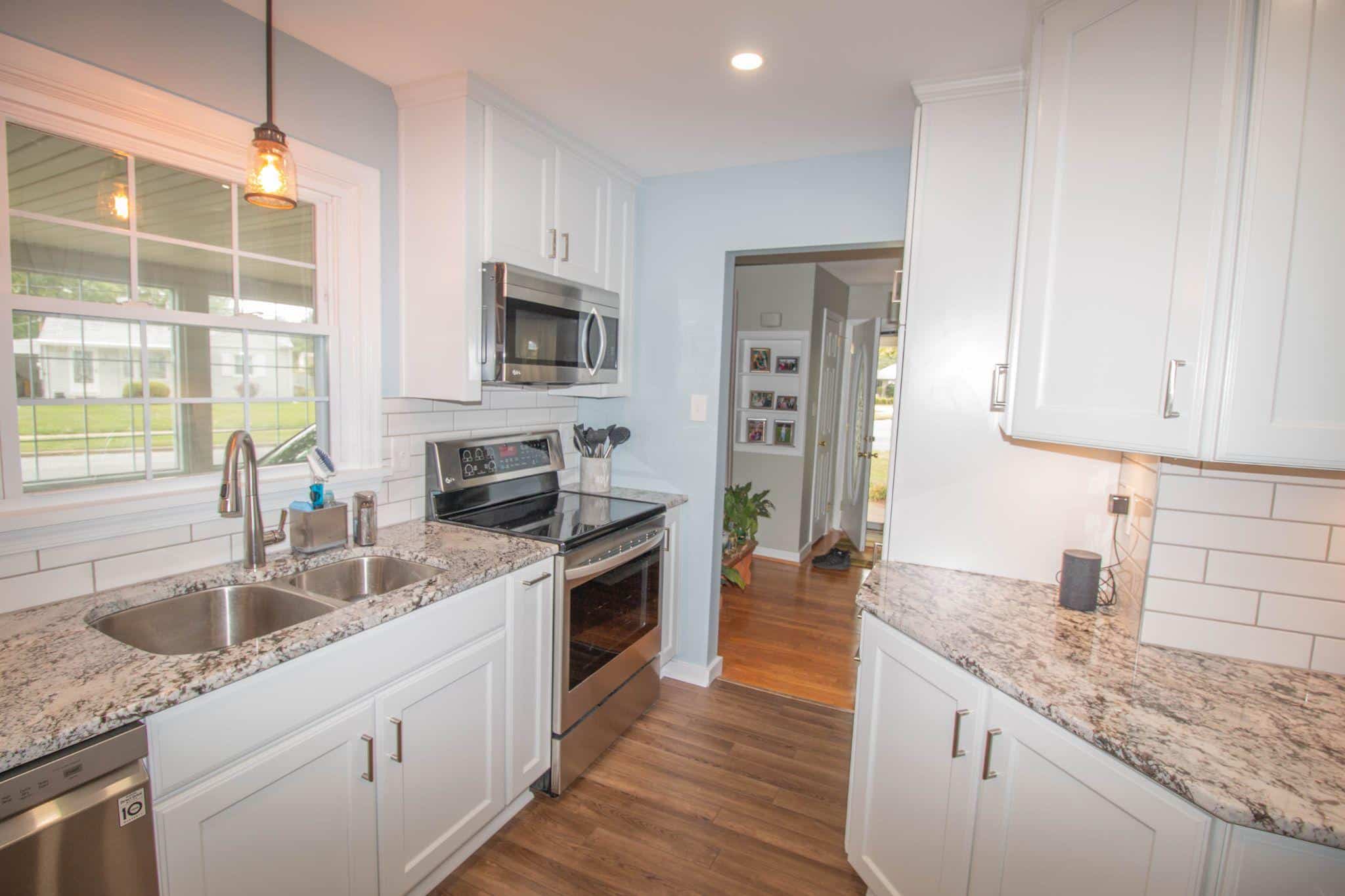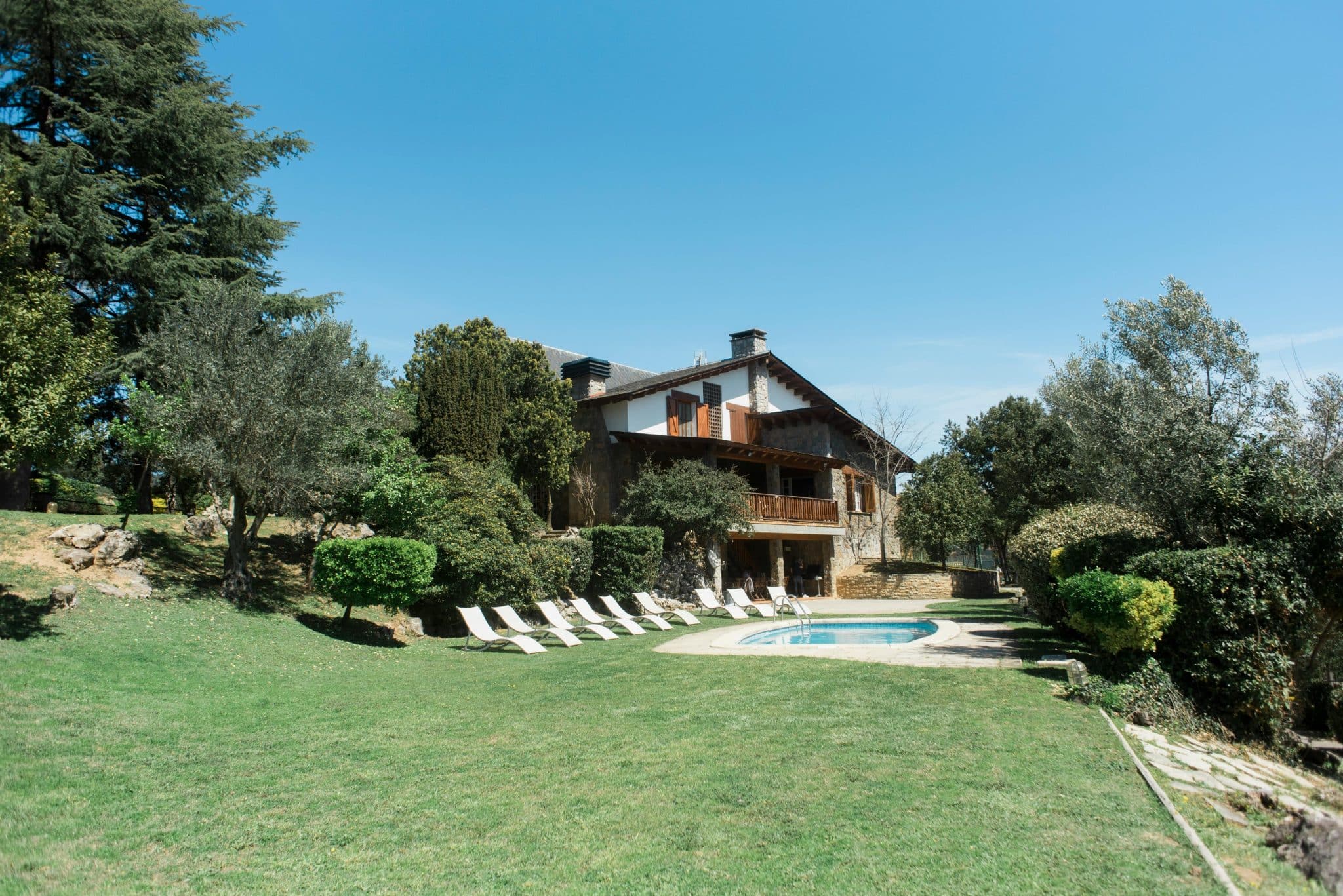The kitchen has evolved far beyond a simple cooking space, as it’s now the heart of the home where families gather, meals are shared, and memories are made. When designing this vital space, natural wood accents offer an unmatched combination of visual warmth and stylistic flexibility that can transform any kitchen from cold and sterile to inviting and sophisticated.
Wood brings an organic element that softens modern lines while adding character and authenticity to your design. Whether you’re planning a complete renovation or looking for simple updates, incorporating natural wood accents allows you to blend beauty with function in ways that feel both timeless and thoroughly contemporary.
Why Wood Belongs in Today’s Kitchens
Natural wood remains a top choice for kitchen designers because of its remarkable versatility across different design styles. From sleek modern spaces to cozy farmhouse kitchens, wood adapts seamlessly to complement existing elements while adding its own distinct personality. Unlike synthetic materials that can feel cold or impersonal, wood brings life and movement through its natural grain patterns and warm tones.
Wood’s ability to soften sleek design elements makes it particularly valuable in contemporary kitchens where hard surfaces like stone, metal, and glass dominate. By introducing wood accents, you create visual balance that feels both sophisticated and welcoming.
This natural material bridges the gap between warmth and elegance, offering authenticity in a world increasingly filled with manufactured materials. The result is a kitchen that feels genuinely lived-in and loved, rather than simply styled.
Butcher Block Countertops: Warmth Meets Functionality
Butcher block countertops represent one of the most impactful ways to introduce natural wood into your kitchen design. Beyond their obvious visual appeal, these surfaces offer genuine functional benefits that make them ideal for busy family kitchens. The natural texture and warmth of wood grain create an inviting workspace that encourages cooking and gathering, while the sustainability factor appeals to environmentally conscious homeowners.
From a design perspective, butcher block countertops pair beautifully with white cabinets, creating a classic combination that never goes out of style. They’re particularly striking when used on kitchen islands with darker cabinetry, where the contrast creates a focal point that draws the eye and defines the space.
This approach is especially popular in XL kitchen islands or kitchens with dual islands, where butcher block becomes the preferred choice when the island material differs from the main countertops.
The kitchen island serves as the command center for food prep, eating, entertaining, homework, and family discussions, making it the perfect canvas for the warmth and functionality that butcher block provides. Explore butcher block surface options to discover the variety of wood species and finishes available for your project.
Floating Wood Shelves for an Airy, Open Look
Floating wood shelves offer an elegant solution for adding both storage and visual interest without overwhelming your kitchen design. These streamlined elements create the illusion of more space while providing practical storage for dishes, cookbooks, and decorative items. The key to success lies in coordinating wood tones—light woods like maple or birch maintain an airy feel, while darker walnut or cherry add richness and depth.
When paired with neutral backsplashes or incorporated into open kitchen layouts, floating wood shelves create breathing room that prevents the space from feeling cluttered. They work particularly well in kitchens where you want to display beautiful dishware or create styling opportunities with plants, books, and curated accessories that reflect your personal taste.

Cabinet Accents and Wood Hardware Touches
For those hesitant to commit to large wood surfaces, cabinet accents and wooden hardware offer subtle ways to introduce natural materials. Consider incorporating wood through partial cabinet accents, such as wooden drawer fronts mixed with painted cabinetry, or adding wooden pulls and knobs that complement your existing finishes. This layered approach prevents wood overload while still achieving the warmth and texture you desire.
The key to successful cabinet integration lies in strategic placement and restraint. Rather than overwhelming the space with wood elements, use them as thoughtful accents that draw attention to specific areas or create visual rhythm throughout the kitchen.
Small Accents That Make a Big Impact
Sometimes the smallest touches create the most significant impact. Wood cutting boards, butcher block tables, standing butcher block pieces, bar stools, lighting canopies, and utensil holders offer easy entry points for testing wood integration without committing to a full renovation. In particular, butcher block tables and standing butcher blocks are appropriate as small accents of wood. These accessories allow you to experiment with different wood tones and see how they work with your existing design.
Start with a few carefully chosen pieces and gradually add more as you become comfortable with the look. This approach is perfect for renters or anyone working with a limited budget who still wants to achieve the warmth and character that wood provides.

Matching Wood Accents to Your Kitchen Style
Modern Kitchens – White oak, walnut, and ash work beautifully in contemporary spaces, especially when paired with minimal hardware and clean lines. The natural grain provides organic contrast to sleek surfaces while maintaining the sophisticated aesthetic modern design demands.
Farmhouse/Rustic – Reclaimed wood, exposed beams, and hand-scraped island tops create authentic character that defines the farmhouse style. These weathered finishes tell a story and add the lived-in quality that makes farmhouse kitchens so appealing.
Scandinavian – Light birch or maple paired with white walls embodies the Scandinavian principle of bringing nature indoors. These pale woods maintain the bright, airy feeling essential to Nordic design while adding necessary warmth.
Transitional – Mixed painted and stained finishes allow transitional kitchens to bridge traditional and contemporary elements. This style embraces variety, making it perfect for homeowners who appreciate both classic and modern design principles.
Tips for Maintaining Natural Wood Accents
Proper care ensures your wood accents remain beautiful for years to come. For surfaces not intended for food preparation, such as shelves and decorative island tops, a varnish finish provides excellent protection with minimal maintenance requirements. This finish creates a durable barrier that resists moisture and daily wear while preserving the wood’s natural beauty.
Basic maintenance tips include:
- Clean with a damp cloth and mild soap
- Avoid harsh chemicals or abrasive cleaners
- Re-oil unfinished surfaces as needed
- Address spills promptly to prevent staining
Be sure to reach out to an expert or specialist with any questions about how to properly care for natural wood accents.
Final Thoughts
Natural wood accents offer a timeless design solution that brings both emotional warmth and aesthetic appeal to any kitchen. Whether you choose bold butcher block countertops or subtle wooden accessories, these organic elements create spaces that feel genuinely welcoming and authentically yours.
As you consider your next kitchen update, remember that wood’s enduring beauty and versatility make it an investment in both style and function that will serve your family well for years to come.








